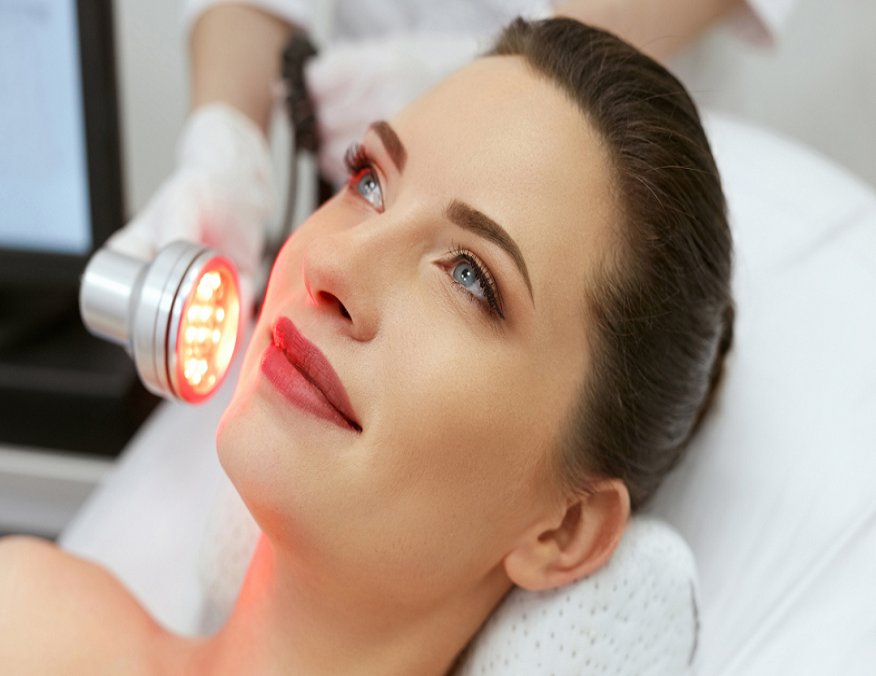
HRT, or hormone replacement therapy, is not limited to use by women. Although men don’t usually undergo the same dramatic hormonal transition in midlife as women do, testosterone levels in men do start to fall around the age of thirty steadily.[1] Type 2 diabetes and obesity are two chronic illnesses that can potentially contribute to a decrease in testosterone levels.
According to estimates, low testosterone, or “Low-T,” affects about one-third of males over 45, while it can also strike people at younger ages. Severe cases might alter your mood and feelings in various aspects of your life.
Continue reading to discover testosterone therapy alternatives for men and how to determine if it’s right for you.
What Is Male Hormone Therapy?
Testosterone, the principal hormone of men, is essential for bone density, mood, exercise performance, sexual health, and muscle maintenance. The brain’s pituitary gland provides chemical signals that drive the production of nearly all testosterone in the testes. The testes or pituitary may have issues or alterations that interfere with testosterone synthesis.
The goal of hormone therapy for men is to increase body testosterone. This is most frequently accomplished directly with testosterone-containing medicines. Nonetheless, guys who want to preserve their fertility shouldn’t do this.
Hormone Treatment and the Formation of Sperm
According to Dan Williams, M.D., a urologist at UW Health and a professor of urology at the UW School of Medicine and Public Health in Madison, Wisconsin, consuming testosterone suppresses sperm creation. He points out that though sperm production may return when testosterone therapies end, long-term impacts on fertility might occur. As a result, those interested should consult their physician and get all the information they need to understand this danger.
Many testosterone products carry a warning on the label from the manufacturer that using them may increase the risk of permanent infertility loss. More extensive research is required to understand this danger better, as stated by the American Urological Association (AUA).
What Is the Diagnosis of Low Testosterone?
The American Urine Association (AUA) defines low testosterone as having a total testosterone level in adult males under 300 ng/dL (nanograms per deciliter).
Robert E. Brannigan, M.D., an urologist and andrologist at Northwestern Medicine in Chicago, advises sticking with traditional blood draws even though there are more and more at-home testosterone test options available. He points out that insurance companies frequently demand a follow-up testosterone test through an in-person lab appointment for confirmation.
Dr. Brannigan suggests getting blood taken as soon as you wake up, ideally before 10 a.m., for testosterone testing. A lipid panel, testing on liver function, and measurements of additional hormones that affect testosterone levels are possible additional blood tests. However, a complete blood count to determine the risk of blood clots and a prostate-specific antigen, or PSA, examination to identify prostate cancer are more crucial. Before beginning testosterone therapy, he advises having these examined and having a physical examination.
According to Dr. Williams, “it’s crucial to check for free and bioavailable testosterone in some cases, even when the overall testosterone level is normal.” If these levels are low, low-T symptoms may result.
However, blood testing is not the only justification for beginning testosterone therapy. Dr. Williams states that to be considered for testosterone therapy, a person must not only have low testosterone levels but also exhibit symptoms of low testosterone.
There are several symptoms that low testosterone might produce, such as:
- Decreased desire for sex
- Problems with erection
- Sadness or agitation
- Loss of face or body hair
- Heat waves or perspiration
- Reduced vigor and endurance
- Problems with motivation or concentration
Reduced testosterone can also cause changes in body composition over time, including weakened bones, increased body fat, and reduced muscle mass. Breast enlargement and anemia are some potential consequences. Another contributory factor for heart disease is low testosterone.
A testosterone deficit may result from uncommon diseases that exist from birth. Other potential causes include cancer treatments, injuries, and medications. Apart from aging, however, chronic health issues are among the most common reasons. The Endocrine Society states that controlling factors like obesity may enhance testosterone production and have additional health advantages.
Low-T symptoms might also result from non-testosterone-related variables. Dr. Brannigan names thyroid problems and depression as common causes. He says that Assessing general health and considering underlying causes is crucial.

